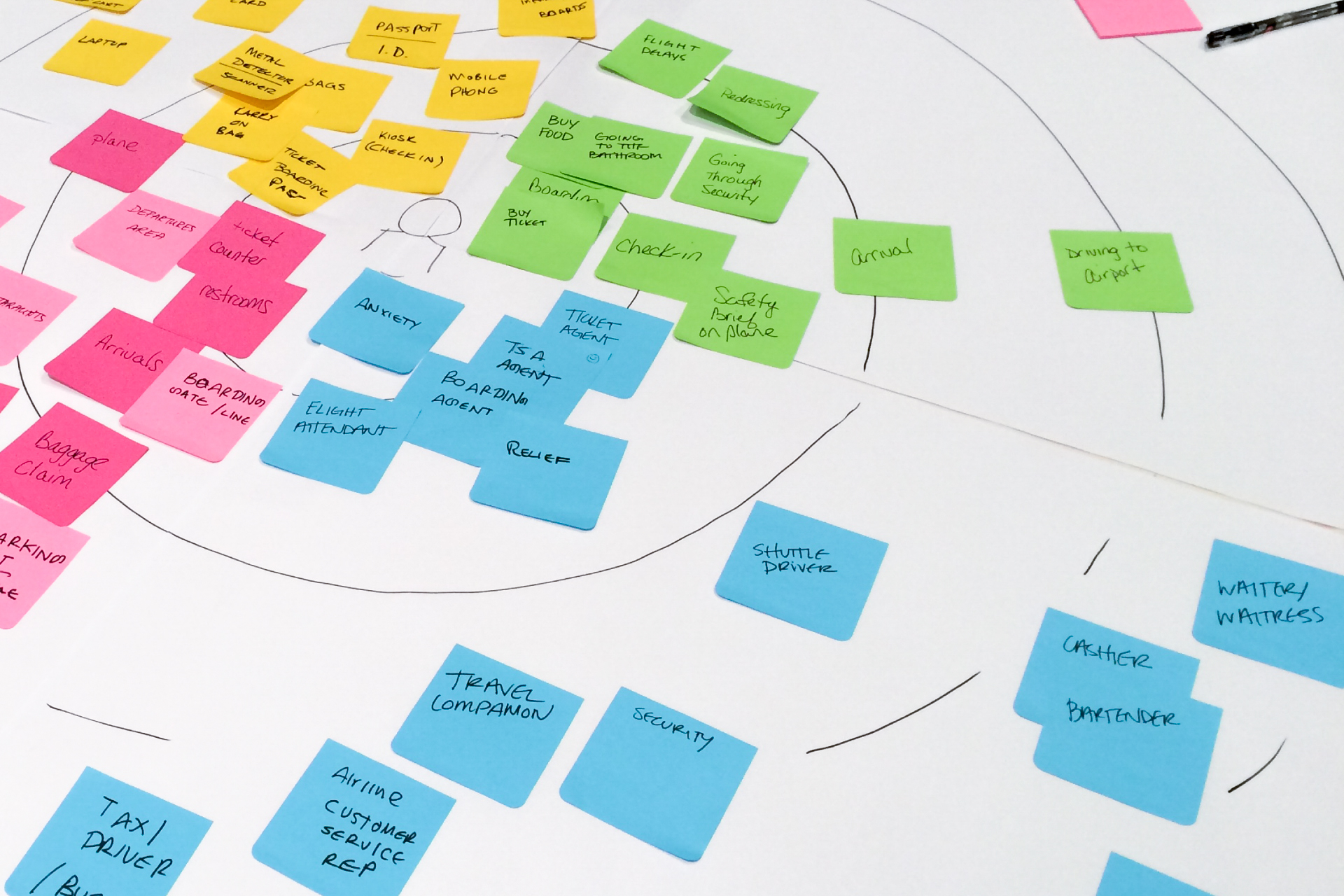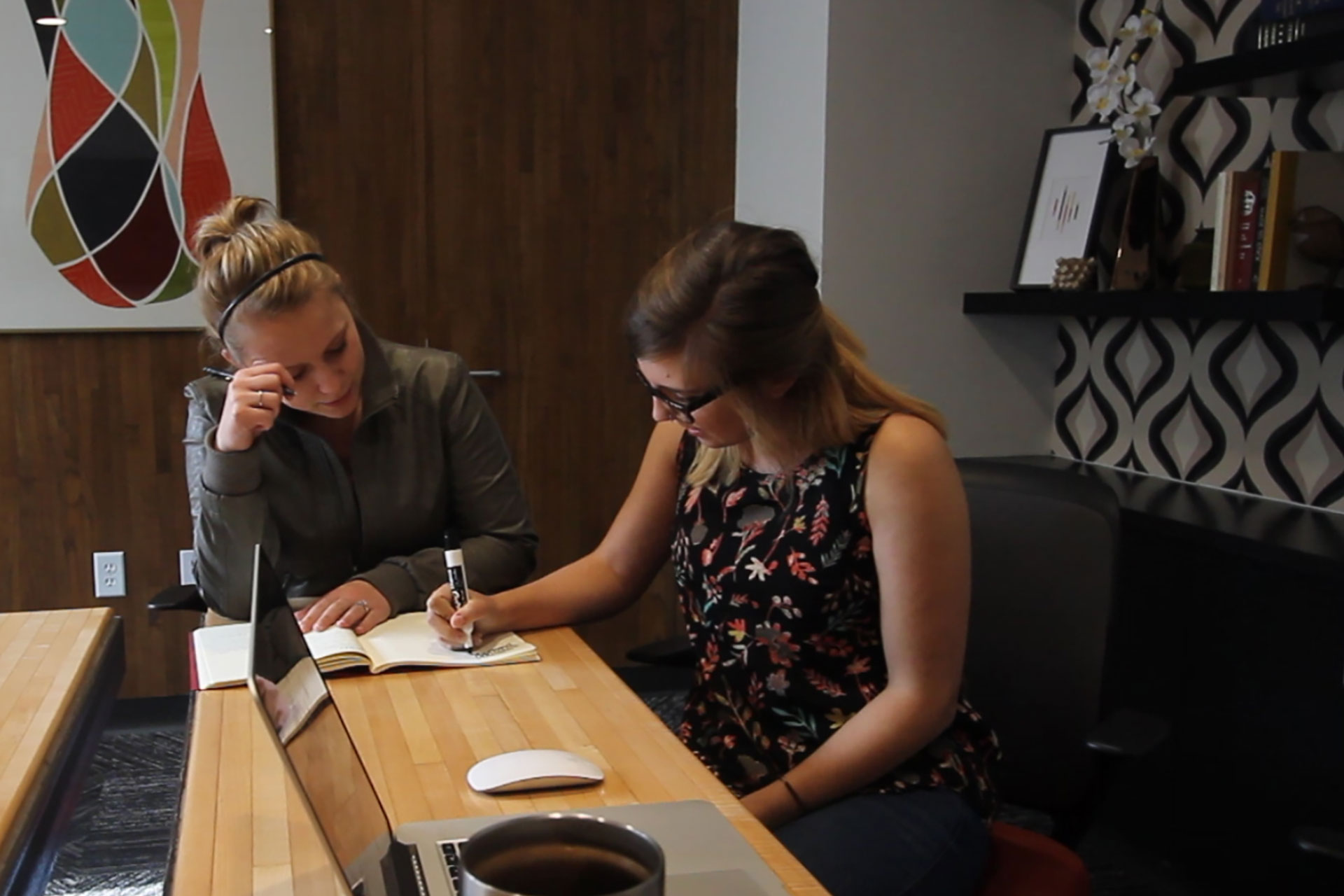The UX Brain: How To Understand Users
3 min read
The human brain is made up of separate parts, each responsible for performing its unique function: the hippocampus regulates emotions, the frontal lobe helps with problem solving and storing memories, and the hypothalamus controls the nervous system. Together, these individual areas create one functioning organ.
Like the brain, our UX process is made up of interdependent parts. Separate areas of expertise come together to build products that are useful, useable, and desirable. If you picture our UX process as a brain—a UX brain—you would be able to identify four distinct areas—one each for research, design, build, and test.
Research: What makes your user tick?
Customer Interviews: Before we put marker to whiteboard, it’s essential for us to understand who will be using the product. We walk in our users’ shoes (literally) to uncover their needs, behaviors, and aspirations.
Personas: We use the customer interview data to create personas, which help articulate the mental models of target users. These personas are given a name and an identity that we reference throughout our UX process.
Conference Calls & Site Visits: We stay in contact and conduct site visits with customers to ensure the solution we’re creating is on target. It’s essential that our users are front and center throughout the entire project.
Design: How does your product help the user?
Design makes or breaks a user’s experience. It’s not just about what looks nice, and it’s certainly not about personal preference. Unlike traditional graphic design, UX design is grounded in research findings and not aesthetics (although we do take pride in making beautiful products). Designing through a UX lens requires us to focus on our personas’ goals and solve their task-related problems. That could mean streamlining their workflow with interactions that eliminate work-based interruptions or choosing colors that are easy to see. This kind of design thinking gives products undeniable value.
Build: Is your product functional?
A well-designed product can’t be released until it’s built. We are firm believers in testing and refining our designs by experiencing them ourselves. We develop prototypes to support user tests, document interactions, and ensure technical feasibility. Testing with a functional prototype reveals problems early on and prevents waste of time and money fixing them later.
Test: Does your product solve your user’s problems?
User testing: the home stretch! This is our final check to be sure our design aligns with user goals. We use our prototypes to test for “ease-of-use”, and to identify any usability flaws prior to release. User testing uncovers problems that only human interaction can reveal.
Focus your brainpower on your users.
You probably got the idea that it takes a lot of brainpower to design a product with UX at the helm, and it truly is a process with interdependent parts. The bottom line is this: you have to know the users for whom you’re designing. You have to be willing to invest in understanding the intentions of the user, and then in testing to be sure you got it right. It’s not a quick or easy task to see through, but there’s a reward at the end. We guarantee that your final product will reflect a deep understanding of your target market’s goals, and that’s what wins customers.





